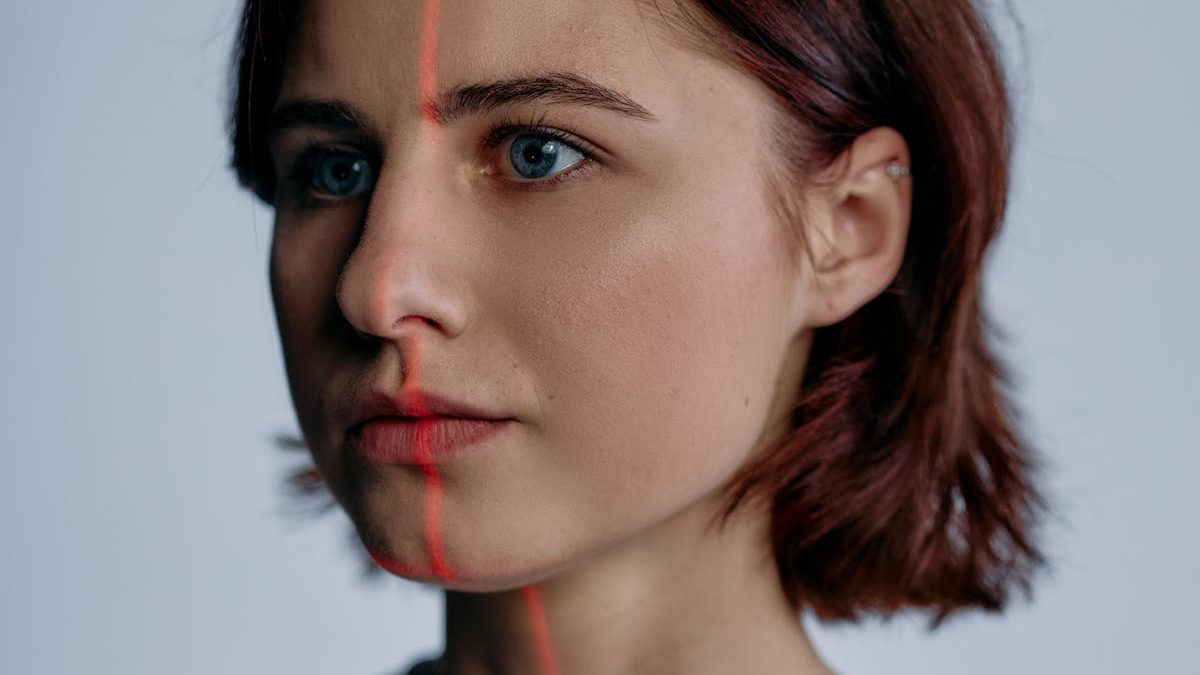AI headshot generators are now changing the way portraits are made. They use complex algorithms in order to come up with actual pictures. The technology uses a blend of one or more techniques in artificial intelligence. It is a combination of computer vision and deep learning. Knowledge of this technology therefore unveils the capability and drawbacks.
Table of Contents
Explore the technology in AI headshot generators
Deep learning foundations
The basis of an ai headshot generator is deep learning. Indeed, it is a branch of machine learning. The approach is very similar to the working of the human brain. It invokes the usage of artificial neurons in layers. These layers are responsible for learning and processing large amounts of data. In this case, the data is images. It learns how faces are constructed and is able to replicate them.
The neural networks and their uses
Neural networks are important in deep learning. They are composed of interconnecting nodes. Every node operates on information. It has several levels of networks. The first layers recognize simple attributes. These could be edges or colors. These layers are indeed capable of studying the patterns at this level. They can recognize certain structures within the face. The last layers produce the whole image.
Generative adversarial network (GANs)
Most of the AI headshot generators rely on GANs. The approach uses two neural networks. One is the generator. The other is the discriminator. The generator creates images. They are assessed by the discriminator. They work in opposition. The process filters the output. It results in headshots which are progressively authentic.
Training data and its importance
High quality training data is necessary. AI systems get trained with the help of previous images. These are professional head and shoulders photos, and portraits photos. The data must be diverse. It should be of different age, color, gender and should also have different facial expressions. Where there is more information available, there is more accuracy.
Image preprocessing techniques
When training or testing the model the images are preprocessed. The normalization of the input data comes later as a step to this process. It may include image resizing. Color normalization is popular. Facial recognition algorithms determine face areas of interest. These techniques help to make the data ready for learning.
Facial recognition and analysis
AI headshot generators employ facial recognition that is very sophisticated. They determine important features on the face. These are eyes, nose, lips and the jaw line. The system measures facial features by employing ratios of different face parts. It comprehends the connectivity of the features. Knowledge is important when rendering realistic portraits.
Style transferring and style customization
Some of the generators give the user the opportunity to adjust the style. The feature applies style transfer mechanisms. They can use different art styles on the headshots. The AI is able to distinguish between the content and the form. It can apply a new style while the facial similarities remain.
Background generation and integration
Another difficulty is to develop proper backgrounds. It is done in some systems by employing different models for this. They produce backgrounds, which are suitable to the subject. Sophisticated generators take into account light and point of view. It helps the background to blend properly with the portrait.
Super resolution image synthesis
Producing images at high resolution consumes a lot of computational power. AI headshot generators apply certain strategies. Some use progressive growing of GANs and others employ progressive growing of GANs. The approach operates under a low resolution of the images used in the formation of the images. They steadily enhance the resolution of the pictures. In return, the outcome is highly refined and personalized work.
Lighting and simulation of shadow
Real life lighting is quite crucial in the attainment of realistic headshots. The professional headshots ai generator has to learn how to replicate several lighting scenarios. They know how it is when light touches the face of a person. Shadow generation enhances the images by adding shadows. Some systems enable users to change the lighting styles. It resembles different photography arrangements.
Facial expression synthesis
Natural expressions are difficult to generate. Superior AI models are trained to develop different feelings. They comprehend variations that exist in muscles of the face. This lacks limitation in the sense that it can assume a number of forms. Mood ranges from neutral to smile; this is achievable by the AI system.
Conclusion
AI headshot generators are a relatively impressive technological advancement. The end product therefore is a tool that can churn out beautiful portraits in instances. It would be useful to know about these systems to be able to appreciate them.

